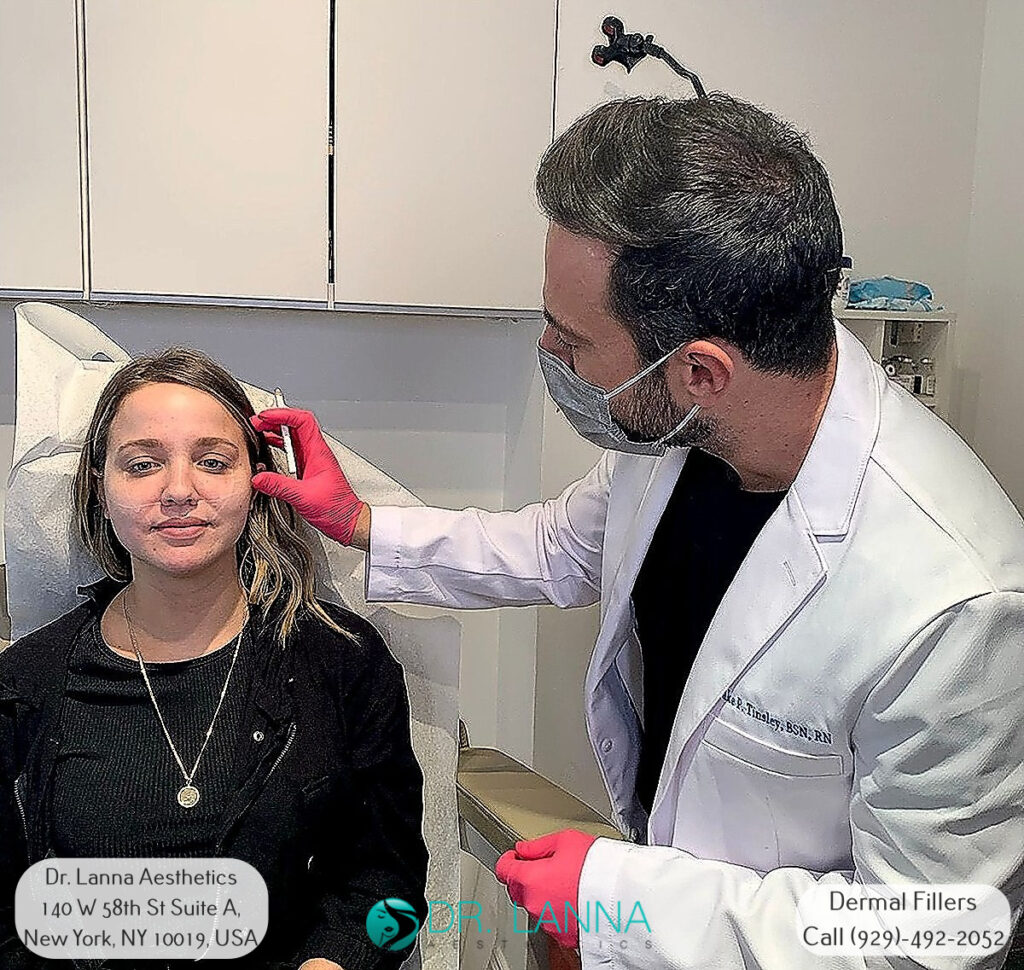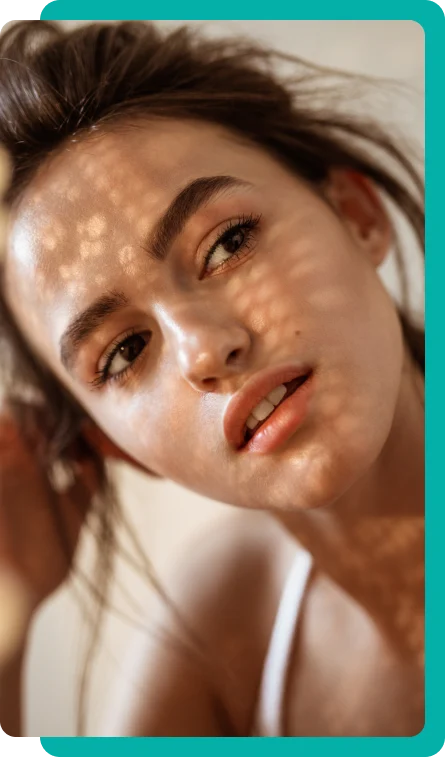If you’re looking for non-invasive aesthetic treatments that will give you that youthful glow, dermal fillers might be the best option for you. But just like any other cosmetic procedure, dermal filler treatments aren’t without side effects. Swelling is one of the common side effects of the treatment which may occur even during the procedure.
So how do you reduce swelling after dermal fillers? Sufficient preparation before the treatment, as well as good aftercare practices, do the trick. While swelling is inevitable, taking note of the dos and don’ts to reduce this side effect helps a lot with giving you the best treatment results possible.
Swelling is a common side effect of having dermal filler treatments. In fact, every patient experiences post-injection swelling, which is completely normal. What differs among the patients is the severity of the swelling, which depends on the skin’s sensitivity and the location of the injection site.
This is because the mere process of penetrating the skin with the dermal filler injection causes trauma to the skin. This results in the natural response to the blockage of a blood vessel due to the restricted blood flow, also known as swelling.
Generally, some facial areas are less likely to swell. This isn’t because there’s no swelling, but because the swelling seems hidden after the injection of facial fillers. Expect minor to no swelling when you have the following dermal fillers:
These parts usually have less swelling because of their composition. The most common effect on some parts like tear trough filler is the Tyndall effect, which is a slight discoloration of the skin.
Unfortunately, the same doesn’t apply for lip fillers. You’re more prone to swelling after your lip filler injection. Lip tissues are delicate so you may expect your lip area to look swollen after you have your lip filler injection. After the swelling subsides, the appearance of your lips will improve as well and you can see the results of your lip filler treatment.
Most fillers are composed of hyaluronic acid, an active ingredient broken down by the enzyme hyaluronidase. Hyaluronic acid fillers may be non-invasive but they could still cause swelling because of a possible allergic reaction to it. This is why it’s important to learn about the essential elements of the type of injectables that will be applied to your desired treatment area. For cases like this, it’s best to consult with your plastic surgeon instead of self-medicating.
You can’t totally avoid swelling because it’s a natural response of your body to the injections that penetrate your skin. Fortunately, you can reduce the swelling through having enough pre-treatment preparation and doing appropriate post-treatment care habits, you may reduce your swelling and speed up your recovery time. Shown in the table below are some care instructions to reduce swelling after dermal filler treatment procedures:
| Dos | Don’ts |
| Do stay hydrated | Don’t drink alcohol |
| Do elevate your head | Don’t exercise |
| Do apply ice to the treatment area | Don’t massage or apply pressure |
| Do maintain your skincare regimen | Don’t take blood-thinning medications |
| Don’t wear hats |
Swelling are extra fluids in the treatment area caused by your dermal filler injections. You may reduce those extra fluids by staying hydrated.
Avoid sleeping to ensure that you keep your head elevated for at least 4 hours. Elevating your head allows the swelling to leave the body at a much quicker period of time.
Apply an ice pack to your skin surface, but do it in a gentle manner to avoid putting pressure to the treatment area. This is an effective technique to reduce the swelling, especially if this is implemented immediately after the treatment.
Although the care instructions after dermal filler procedures include taking care of the skin, the application of cleanser and other post-treatment topical medications are required to be done gently to avoid putting pressure on the skin.
If taking vitamin E is one of your usual skincare regimen, you should consider skipping it during the recovery process from the dermal filler treatments. Vitamin E disrupts the recovery process by increasing your likelihood of having a filler complication.
If you’re currently taking blood-thinners, you might want to postpone the procedure beforehand to avoid swelling. Even after the procedure, taking blood-thinning medications is also not recommended. Aside from swelling, you may be at risk of hematoma if you don’t follow this rule. Doctors also advise against taking pain killers for the discomfort or pain felt after the procedure. Pain killers are also blood-thinners that should be avoided for some period of time.
At some point during or after your 2-week recovery period, your doctor will advise you to massage the treatment area. But unless specifically told to do so, you shouldn’t really apply pressure to the injection site as this may cause further complications. Doing this may cause the treatment area to appear asymmetrical.
Drinking alcohol shouldn’t be done before or after the procedure to prevent bruising or swelling. Alcohol affects blood flow which worsens the visibility of the side effects of the dermal filler treatment.
Exercise increases your heart rate which causes swelling at your injection sites. If exercise is really unavoidable, doctors recommend that you at least not do strenuous exercises to help your body heal faster from any swelling.
If you had filler treatments on your forehead, it’s best to avoid wearing hats for a while. Wearing hats causes pressure on the treatment area which may lead to undesirable results.
Swelling is a normal side effect of dermal filler treatments wherein the treatment area on your skin looks slightly overfilled during the first few days after your treatment. Other people may not have visible swelling but within the skin and filler injected, there’s some sort of swelling that occurred. This is because the extent of swelling varies from person to person so you should expect differences in the amount of swelling you’ll experience and that of other people.
Swelling depends on the type of filler you used, your body’s response to the treatment, and the location of the injection site. In most cases, people who have lip fillers tend to experience more swelling because of the delicate nature of its tissues. Most swelling incidents are reported to be mild to moderate. This is further reduced by certain filler treatments which help contain the swelling.
So it takes around 24 to 72 hours for swelling to reach its peak after your dermal filler treatment. But it usually subsides within 1 to 2 weeks. Depending on the severity of your swelling, it usually lasts longer than that.
Lip injections usually cause more swelling. You should keep track of your lip filler swelling stage and consult it with your plastic surgeon if ever there are no improvements in the succeeding days after the lip filler treatment. If the swelling doesn’t subside within that time period, you should consult your plastic surgeon to ensure that there are no filler complication problems with your recovery process.
Receive the best dermal filler aftercare from our experienced and qualified aesthetic professionals to manage side effects like swelling, bruising, or cold sore. Other than dermal fillers, Dr. Lanna Aesthetics also offers the following services for your cosmetic and plastic surgery needs:

With our treatment plans, you can expect to receive the best care from our treatments and procedures. Book a consultation with us and let’s discuss your beauty goals. Reach out to our team of aesthetic experts at Dr. Lanna Aesthetics. Check out our website at https://doctorlanna.com/ or contact us at (929) 565 - 7539.

New Patients Enjoy $100 OFF on Tox or Filler Appointments!
*minimum 1 full syringe or minimum 25 units; Cannot be combined
